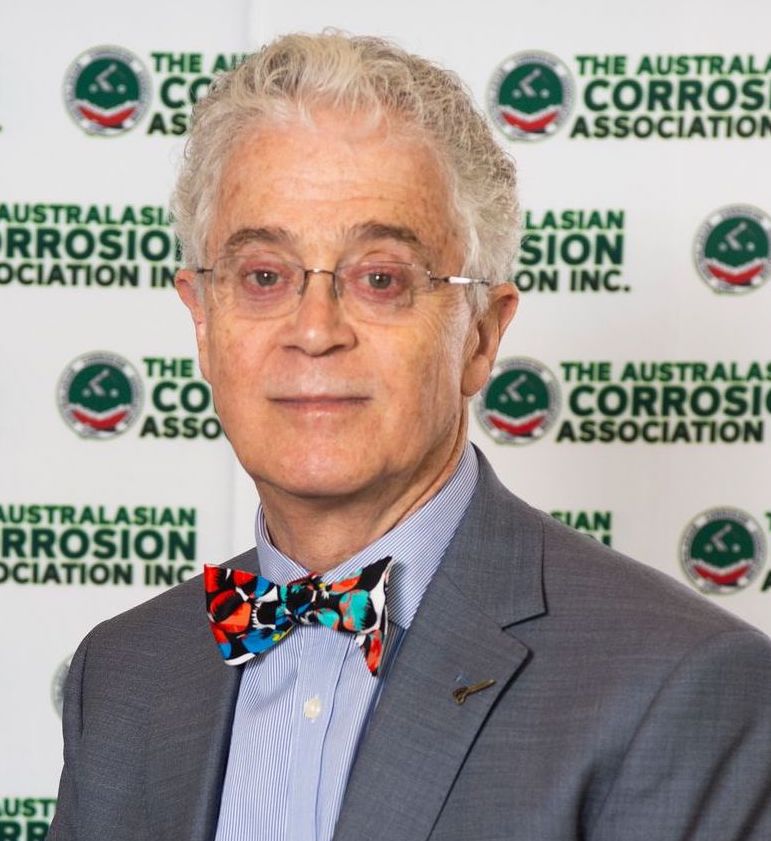Use of Shipwreck Material From HMS Sirius (1790)
The ability to obtain accurate measurements of corrosion rates in shallow water sites is generally limited, owing to extreme operational conditions for test rigs, the cost of experimental setups and limited time exposure of a few years. Museum conservators have authorised access to a wide range of historical shipwrecks which have either iron
objects, such as cannon, anchors and ballast blocks or whole shipwrecks that are made of wrought iron and mild steel. Shipwrecks from WWII abound in Chuuk Lagoon and formed part of this study in establishing decay mechanisms, but the 1790 wreck of the flagship of the First Fleet, HMS Sirius has provided a unique insight into long-term corrosion in the surf zone. The wreck is located on top of a reef platform at depths between 0.5-3.5 metres and is routinely pounded by breakers, which provide a continuous source of fully oxygenated seawater. The information from this site has been re-interpreted in terms of providing modelling data for lifetime extensions of offshore production platforms and structures such as jetties used in the export of Australian raw materials.
Presenter
Ian D. MacLeod AM (Heritage Conversation Solutions)

Ian D. MacLeod AM, worked for the Western Australian Museum from 1978-2016 studying corrosion of metals on historic shipwrecks. Former Executive Director of the WA Maritime Museum, he now runs Heritage Conservation Solutions. Ian is the former editor of Corrosion and Materials and chair of the scholarship committee of the ACA Foundation.